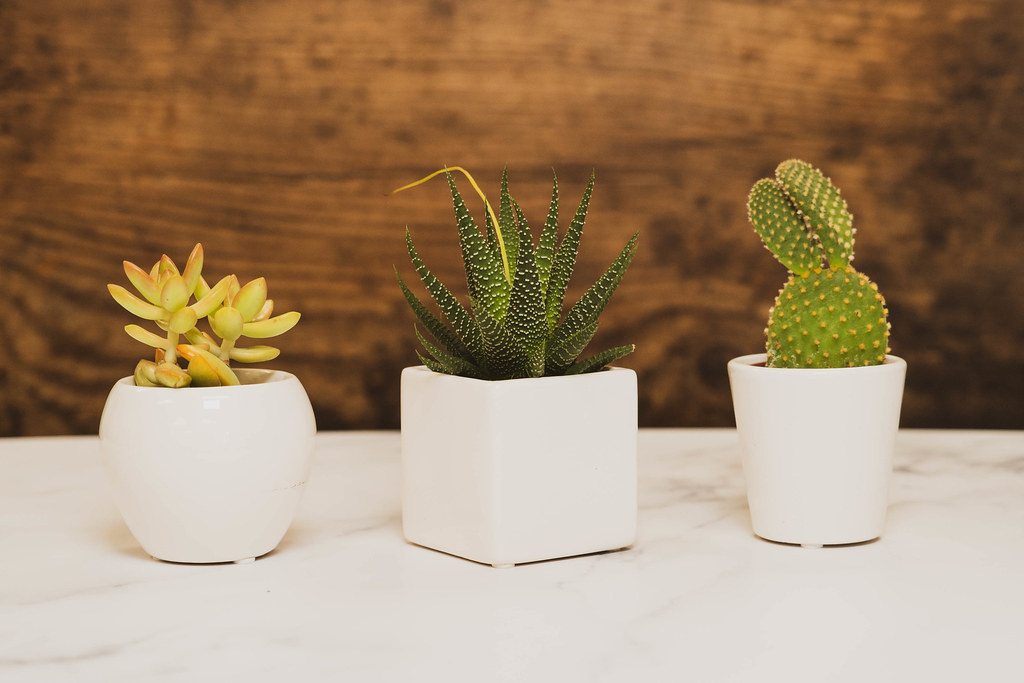Succulents vs Cacti: Key Differences and How to Care for Each
Have you ever confused cacti with succulents? If your answer is yes, you’re not alone! Although they may look similar at first glance, these plants have distinct characteristics and specific care needs. Understanding the differences between succulents and cacti is essential to properly cultivate these fascinating plants. Let’s uncover these differences and learn the best care practices for each type!
Succulents vs Cacti: Understanding the Differences
Many people treat cacti and succulents as if they were the same thing, but there’s a simple rule to remember:
Every cactus is a succulent, but not every succulent is a cactus!
Characteristics of Succulents
Succulents are plants that store water in their leaves, stems, or roots, resulting in fleshy and thick structures. They:
- Have fat, water-filled leaves
- Display an incredible variety of shapes and colors
- Generally have a soft texture to the touch
- Are found in various environments around the world
- Include varieties such as Echeveria, Haworthia, Sedum, and Crassula

Characteristics of Cacti
Cacti are a specific type of succulent that evolved with special adaptations for extremely arid environments:
- Usually don’t have true leaves
- Feature spines (which are modified leaves)
- Have fleshy stems that store water
- Possess areoles (small structures from which spines grow)
- Are native primarily to the Americas

How to Properly Care for Succulents
Succulents are known for being low-maintenance plants, but that doesn’t mean they don’t need specific care:
Light and Location
- Prefer bright indirect light to a few hours of direct sun
- Periodic rotation for uniform growth
- Protection from intense midday summer sun
Watering Succulents
- Wait for the substrate to dry completely between waterings
- Water directly into the substrate, avoiding wetting the leaves
- Significantly reduce frequency in winter
- Use the “soak and dry” method
Ideal Substrate
- Specific succulent mix or
- Regular substrate + perlite + coarse sand (1:1:1 ratio)
- Excellent drainage is essential
Want a detailed guide with specific needs for each type of succulent? Our ebook “Succulents & Cacti: Complete Guide” includes personalized care tables for more than 50 popular species!
How to Properly Care for Cacti
Cacti are masters of survival, but they still need proper conditions to thrive:
Light and Location
- Most prefer direct sun for several hours
- Some forest-type cacti (like Christmas cactus) prefer filtered light
- Well-ventilated locations promote healthier plants
Watering Cacti
- Even less frequent than succulents
- Some can go months without water during dormancy
- Water only when the substrate is completely dry
- Avoid watering during very cold periods
Specific Substrate
- Specific cactus mix with a high proportion of mineral material
- Coarser granulation for exceptional drainage
- Addition of gravel or pumice stone on the surface
Common Problems and How to Avoid Them
For Succulents
- Stretching: Plants “stretching” seeking light
- Rotting: Excess water or inadequate drainage
- Leaf spots: Sunburn or fungi
- Pests: Mealybugs and aphids are common
For Cacti
- Base rot: Excess moisture
- Deformed growth: Lack of adequate light
- Yellowish discoloration: Excess sun or lack of nutrients
- Specific pests: Mealybugs and mites
Our ebook “Succulents & Cacti: Complete Guide” includes an entire chapter dedicated to problem identification and solution, with detailed photos and step-by-step solutions!
Propagation: Multiplying Your Collection
Methods for Succulents
- Individual leaves: many succulents sprout from a single leaf
- Division of side shoots
- Cutting and rooting stems
- Seeds (more time-consuming process)
Methods for Cacti
- Seeds (requires patience)
- Side shoots or “pups”
- Grafting for rare or slow-growing species
- Cutting segments (for articulated cacti like opuntia)
Conclusion
Although cacti and succulents share some characteristics, understanding their differences is essential to provide the specific care each one needs. With the right knowledge, you can enjoy these incredibly adaptable plants and create a stunning collection that requires less maintenance than most ornamental plants.


